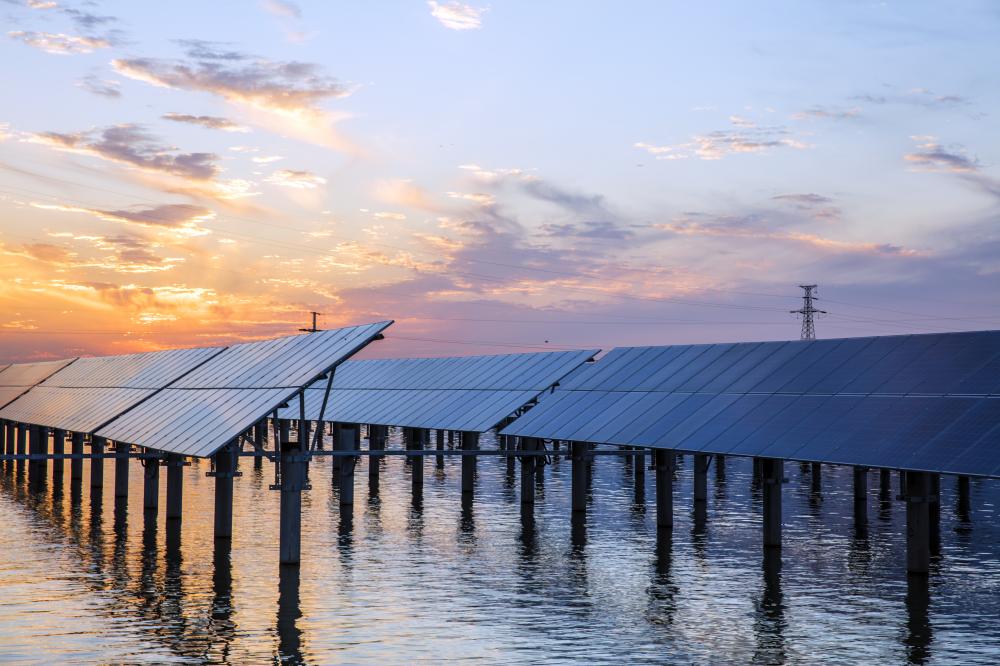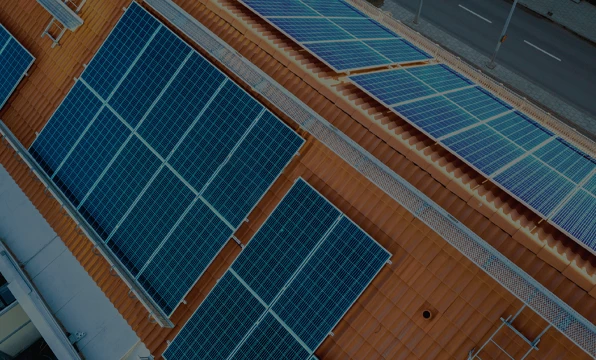The United States recently announced that it would impose high tariffs on Chinese lithium battery products, involving power batteries, energy storage systems and related components, with a tax rate of up to 35%. How do Chinese lithium battery companies break the game? Diversified layout and technology upgrading have become the key
1. Develop diversified overseas markets
In order to reduce dependence on the single market of the United States, Chinese lithium battery companies are accelerating the layout of the "second growth curve" and opening up more markets, including Southeast Asia, Europe, Southeast Asia and Africa, etc., to reduce the proportion of North America.
2. Technological upgrades to seize the high-end track
The U.S. market has a strong demand for lithium batteries with high energy density and long cycle life, and Chinese companies need to increase the added value of lithium batteries through technological breakthroughs.
3. Overseas localized production layout
Chinese lithium battery companies can cooperate with local manufacturing enterprises in the form of technology authorization in the early stage, avoid high investment in factory construction, and gradually invest in overseas factories to avoid tariffs and get close to customers.
4. Policy support and industrial chain coordination
The Chinese government has introduced a number of measures to help enterprises break through, such as increasing the export tax rebate rate of lithium batteries and reducing enterprise costs; Promote the "Belt and Road" countries to jointly build energy storage projects to drive the export of lithium batteries; Provide R&D subsidies for cutting-edge technologies.
Despite the short-term pain caused by the U.S. tariffs, China's lithium battery companies are still irreplaceable in terms of technology, cost and production capacity. Through the three-dimensional strategy of "high-end technology, market diversification, and production localization", and superimposed policy escort, China's lithium battery industry is expected to further consolidate its leading position in the global energy transition.
 +86 13332949210
+86 13332949210 info@xihobattery.com
info@xihobattery.com







 Xiho
Xiho Apr 09 2025
Apr 09 2025










